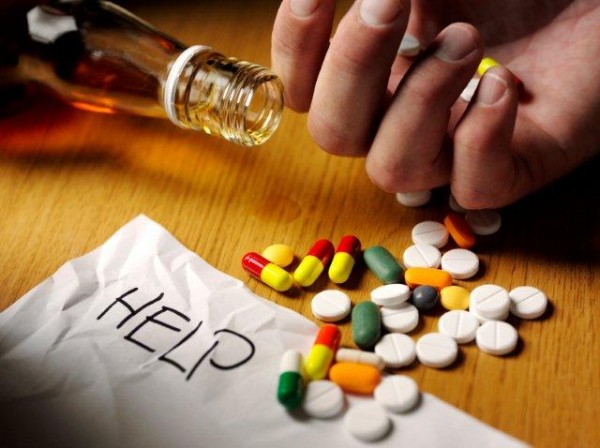Anxiety can be a normal response to stress factors. It helps an individual deal with difficult or dangerous situations. However, anxiety disorders can develop when it becomes out of control. An anxiety disorder causes a person to feel anxious about things that may seem normal to others but can hurt their ability to function in everyday life.
What Are Anxiety Disorders?
An anxiety disorder may be caused by neurotransmitters that are out of balance. The neurological condition is often accompanied by a decrease in well-being. An anxiety disorder can also make it difficult for sufferers to relax, which may further exacerbate the anxiety symptoms. Anxiety disorder cannot be attributed to one cause. However, it can be caused by multiple mental and physical conditions. One or more of these factors could cause anxiety disorder:
- Stress
- Phobias
- Use of drugs
- Financial problems
- Panic disorder
- Relationship issues
- Heart attack, heat stroke, and other physical conditions
An anxiety problem can sometimes be a sign of a more serious medical condition. An example of this is someone suffering from emphysema, which may experience periods of severe anxiety due to a lack of oxygen. This lack of oxygen can lead to panic attacks and eventually, a disorder called anxiety.
Can Anxiety Be Cured?
Although there is no cure for anxiety, a university study found that students at high risk of developing depression or anxiety disorders could benefit from preventive measures. One group received cognitive behavioral therapy, while the other group did not receive any therapy. Each group was followed for three years. The first group had significantly fewer anxiety symptoms at the end of the experiment than the second.
Treatments ForAnxiety Disorders
A significant percentage of people suffer from abnormal anxiety. However, there are many treatment health options. The treatment options available depend on the cause and patient preferences. They may include counseling, behavioral therapy, or physical therapy. The treatment aims to reduce anxiety symptoms and help patients return to their normal lives.
Cognitive Behavioral Therapy ForAnxiety Disorders
Cognitive-behavioral therapy (CBT), one of the most popular therapies for anxiety disorders, is CBT. CBT helps patients understand what triggers anxiety, and how to respond. CBT focuses on the patient’s thoughts and behavior, as well as how they can cope with anxiety-triggering situations.
Exposure Therapy For Anxiety Disorders
Exposure therapy is a controlled environment where patients are slowly exposed to situations that could normally cause anxiety. Exposure therapy is the gradual desensitization of patients to trigger situations until they are no longer triggering. The patient experiences fewer panic attacks and anxiety over time.
Residential Anxiety Disorder Treatment Centers
Some patients suffering from anxiety seek outpatient treatment. Others prefer to be treated in an inpatient facility. A residential treatment center offers many benefits, including the ability to focus on your recovery in a safe environment.
Luxury Anxiety Disorders Facilities
All anxiety disorder treatment facilities may not be the same. Some facilities have basic amenities while others offer more luxurious services. You don’t have to sacrifice high-end amenities if you are used to them. These luxury facilities offer private rooms, gourmet chefs, private rooms, access to family counseling, and spa treatments, among other amenities.
Executive Anxiety Disorder Programs
Executives can feel extremely anxious in the business world. Executives who need inpatient anxiety treatment can enroll at a specialist executive treatment center. They can be treated with other executives who understand the stress of being an executive in a stressful work environment.
Outpatient Anxiety Rehab & Treatment Programs
Outpatient programs offer treatment options that are similar to those in an inpatient setting, but the patient won’t stay overnight. You will usually arrive at the treatment facility early in the morning to meet your doctors and other medical professionals.









